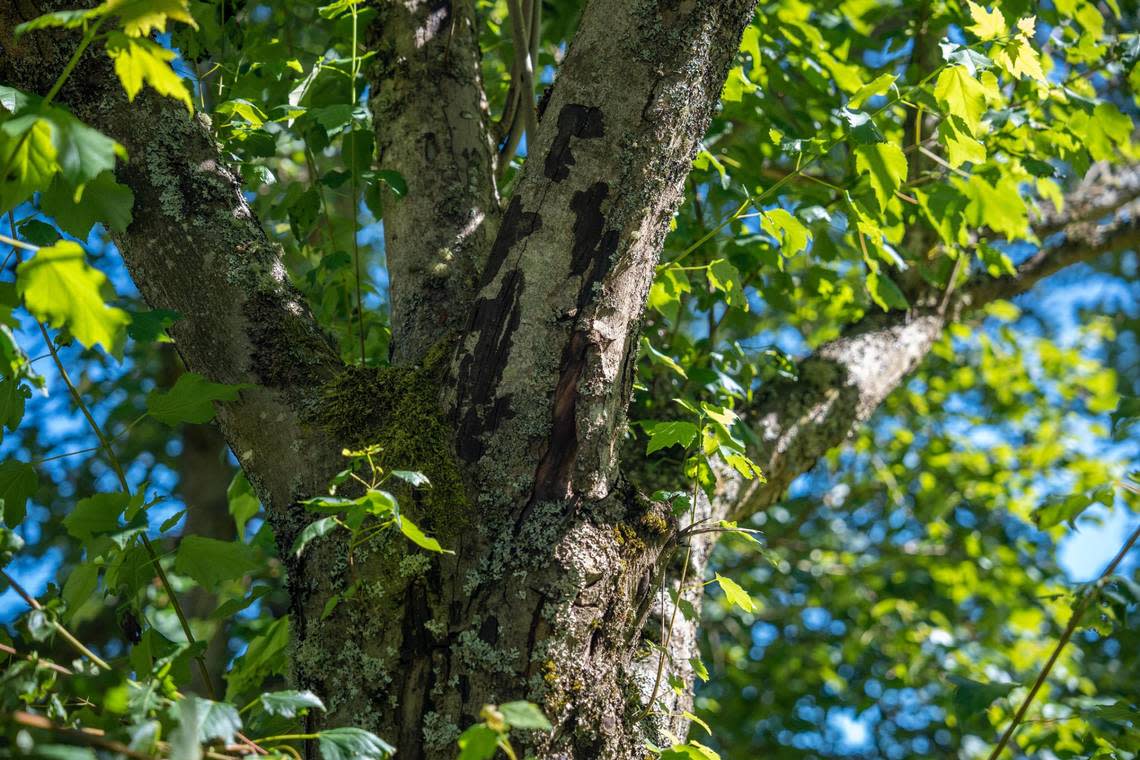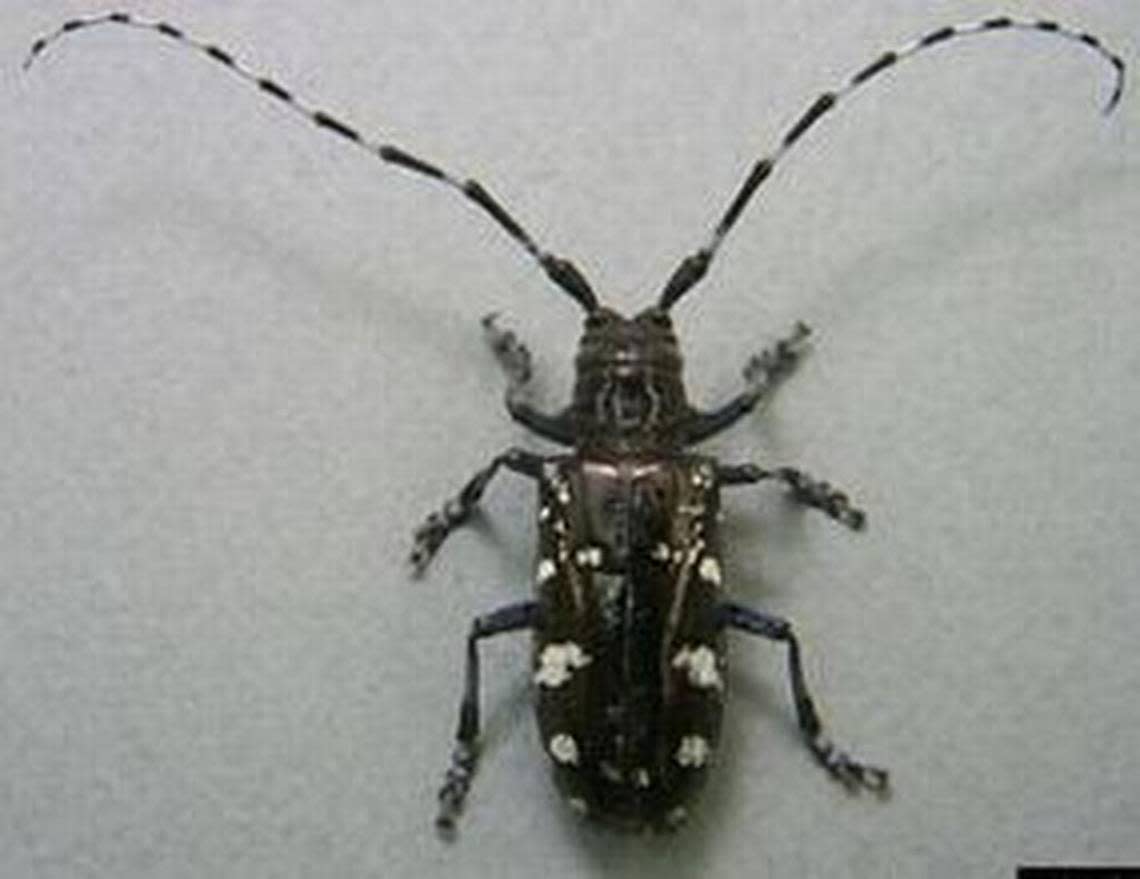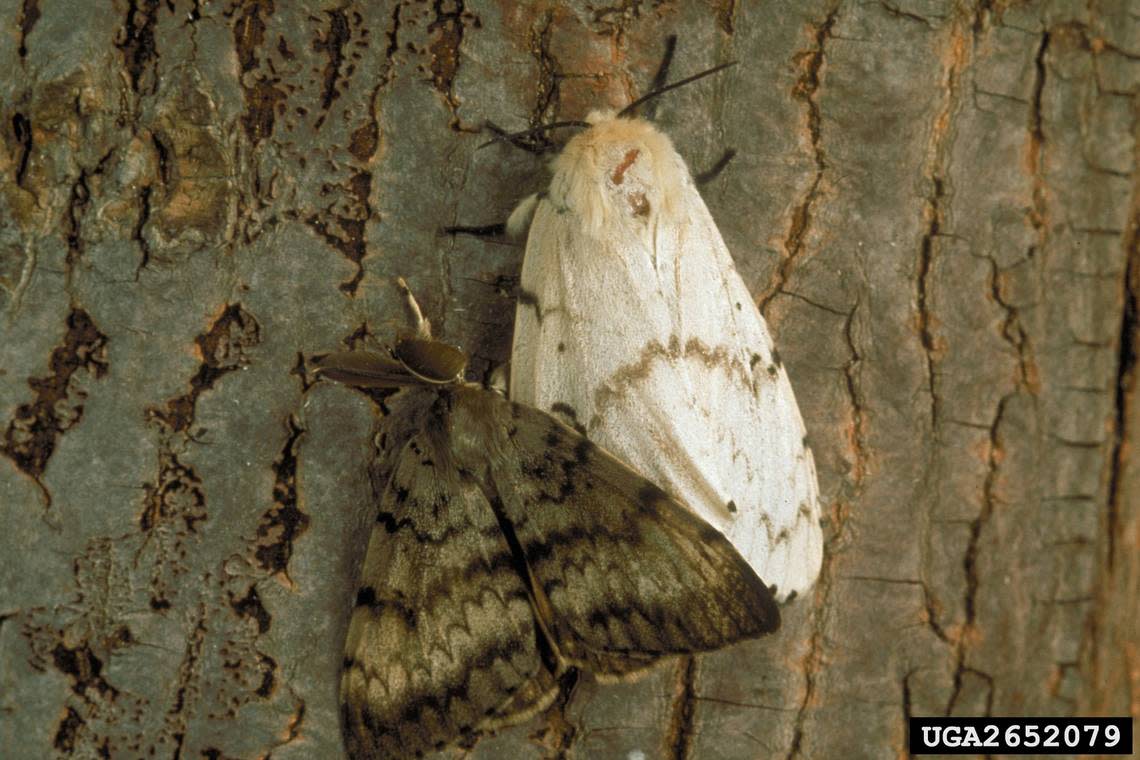There are tree killers in our midst. WA, U.S. officials want us to be on the lookout
If you own, walk by or just appreciate trees, Washington state officials are asking for your help in keeping them healthy.
The state departments of Natural Resources and Agriculture along with the Invasive Species Council released a Top 5 wanted pest list this week. Not all of the diseases and bugs have been spotted in Washington, but their threat to trees is so great the agencies are asking for vigilance.
The campaign is part of National Tree Check Month — the time of year when most of the invasive species’ deleterious effects or the bugs themselves become the most obvious.
State Commissioner of Public Lands Hilary Franz calls it an “all lands, all hands approach to forest health.”
The threats the pests pose to Washington trees, both native and introduced, are grave.
Last week, the agriculture department said an Atlas moth had been found in Bellevue. Earlier this year, as The News Tribune reported, Sooty Bark Disease was found in Tacoma. In June, the first confirmed Pacific Northwest sighting of emerald ash borer was made west of Portland.
If you think you’ve found one of these pests, you should submit a report and photographs to the state Invasive Species Council’s mobile app or web portal.
The agencies are asking the public to be on the lookout for the following pests.
Sooty Bark Disease
This disease produces patches of dark, soot-like fungus on tree trunks. The disease is usually revealed after bark has flaked off. It can cause branches to die and leaves to wilt.

As reported in The News Tribune in July, confirmed outbreaks have occurred in Tacoma, Olympia and Bellingham. Affected trees include bigleaf maple, red maple, sycamore maple and horse chestnut.
Emerald Ash Borer
This small, green beetle attacks and kills true ash trees. Adults emerge from infected trees by creating distinctive D-shaped holes. It’s considered to be one of the most voracious and effective tree killers in the United States.
Spotted Lanternfly
A visually striking insect, this fruit-destroying pest can be identified by its distinctive color and spotted wings. It sucks sap from apple, cherry and plum trees as well as grape vines. It also feeds on hops.
It’s not been confirmed in Washington, but it has been found in California.
Asian Longhorned Beetle
This beetle bores into hardwood trees including maples, birches and willows. After the insects feed inside trees as larvae, they chew their way out as adults.

There has not been a confirmed sighting in Washington.
Asian Spongy Moth
The insect formerly known as the Asian gypsy moth lays dark brown egg masses on trees as well as human-made objects, like garden furniture. The moths attack many tree species. Their larvae can completely defoliate a tree.

The agriculture department surveys for the spongy moth every year.
